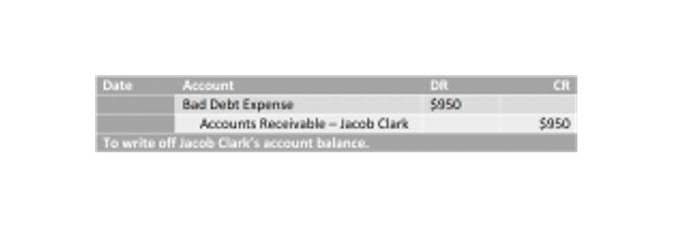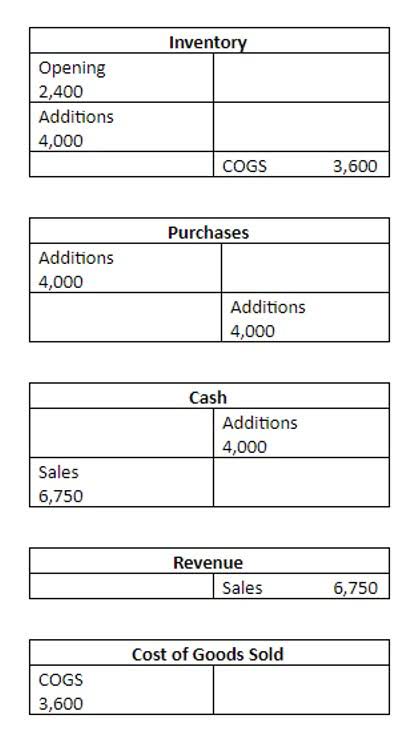
FIFO often results in higher net income and higher inventory balances on the balance sheet. However, this results in higher tax liabilities and potentially higher future write-offs if that inventory becomes obsolete. In general, for companies trying to better match their sales with the actual movement of product, FIFO might be a better way to depict the movement of inventory.
- Companies with perishable goods or items heavily subject to obsolescence are more likely to use LIFO.
- Keep your accounting simple by using the FIFO method of accounting, and discuss your company’s regulatory and tax issues with a CPA.
- What happens during inflationary times, and by rising COGS, it would reduce not only the operating profits but also the tax payment.
- LIFO is banned under the International Financial Reporting Standards that are used by most of the world because it minimizes taxable income.
- In an inflationary environment, the current COGS would be higher under LIFO because the new inventory would be more expensive.
How does the FIFO method affect taxable profits?

There is more to inventory valuation than simply entering the amount you pay for your inventory into your accounting or inventory management software. There are a number of ways you can value your inventory, and choosing the best inventory valuation method for your business depends on a variety of factors. FIFO has advantages and disadvantages Certified Public Accountant compared to other inventory methods.
How do FIFO and LIFO affect more straightforward accounting operations?

Let’s assume that Sterling sells all of the units at $80 per unit, for a total of $20,000. The profit (taxable income) is $6,900, regardless of when inventory items are considered to be fifo and lifo calculator sold during a particular month. The oldest, less expensive items remain in the ending inventory account. The store’s ending inventory balance is 30 of the $54 units plus 100 of the $50 units, for a total of $6,620. The sum of $6,480 cost of goods sold and $6,620 ending inventory is $13,100, the total inventory cost.

How does inflation affect FIFO ending inventory calculation?
It is an inventory management term that means the items that were added first to the stock will be removed from stock first. During the period of inflation, FIFO will outcome in the lowest estimate of cost of goods sold among the three approaches and even the highest net income. Another reason why businesses would use LIFO is that during periods of inflation, the LIFO method matches higher cost inventory with revenue. When all components of a finished product can be tracked throughout their time inventory, this method can be used. However, if all items can’t be individually tracked, then FIFO, LIFO or average cost would work best.
How do I calculate ending inventory using LIFO?
Plus, how your business can benefit from applying this inventory accounting method and how Easyship can help you simplify shipping today. Although FIFO is the most common and trusted method of inventory valuation, don’t default to using FIFO. He or she will be able to help you make the best inventory valuation method decision for your business based on your tax situation, inventory flow and recordkeeping requirements.

Learn more about what FIFO is and how it’s used to decide which inventory valuation methods are the right fit for your business. Remaining stock valuation plays a critical role in financial reporting and has direct tax implications. As every item in storage represents tied-up capital, mastering these accounting methods ensures efficient asset tracking and stock management. FIFO — first-in, first-out method — considers that the first product the company sells is the first inventory produced or bought. Then, the remaining inventory value will include only the products that the company produced later. When you compare the cost of goods sold using the LIFO calculator, you see that COGS increases when the prices of acquired items rise.



Leave a Comment